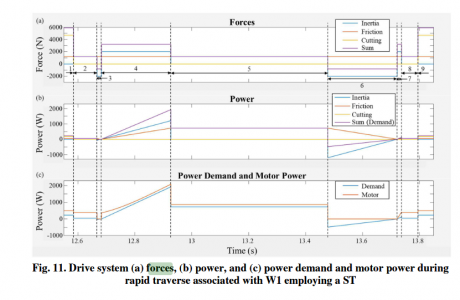I purchased a package of five (non matched), 7001AC bearings,0.0006 to 0.0022” width variance difference between the inner ring and outer ring is really high, that should be much tighter. What is the full part number of the bearings? Are the bearings mounted face to face, or back to back? If these are universal ground bearings, there should be no preload or end play, it seems like there might be two different grinds getting mixed together.
The inner races are wider than the outer races by between 0.0006” and 0.0022” :
#1 0.0012”
#2 0.0006”
#3 0.0022”
#4 0.0017”
#5 0.0020”
I have installed them DF, (Duplex Front to Front), with a 0.005" shim between them that only touches the outer races. With that shim installed, the outer races should be in full contact, and there should be a small gap about 0.002" between the inner races with no tension on the retaining nut. As I torque the retaining nut, I would expect that 0.002" gap to approach zero. I don't have a sense of how much torque would be required to close that 0.002" gap and provide a bit of preload?
Last edited:



